This Just In: Samsung Droid Charge - The First Verizon 4G LTE Droid
by Brian Klug on May 3, 2011 1:25 AM EST- Posted in
- Smartphones
- Samsung
- Droid
- Verizon
- LTE
- 4G
- Droid Charge
- Mobile
This morning the Samsung Droid Charge arrived on our doorstep, and we've got a few initial impressions and some photos to tide you over until the full review. Last we saw the Droid Charge was at CES, where it was previously named the rather unassuming "Samsung 4G LTE Device."
The Droid Charge is built around a 1 GHz Hummingbird Samsung S5PC110 SoC with a PowerVR SGX540 GPU and 512 MB of RAM just like the original Galaxy S. Cellular connectivity is provided by a Qualcomm MDM9600 for both CDMA2000-1x, EVDO, and LTE. The Charge comes with a preinstalled 32 GB microSD card and 2 GB of internal NAND. The whole thing is topped off with a 4.3-inch Super AMOLED + display, which lacks the pentile subpixel grid and instead implements an RGB stripe. There's a front facing 1.3 MP camera, and rear facing 8 MP camera. Release date isn't quite nailed down for the Charge, but should be later this week. It's also running Android 2.2.1, not 2.3.x Gingerbread.
Physical impressions of the Charge are overall positive. It's nice to have physical android buttons, which are responsive and clicky if a bit oddly shaped. Likewise I'm actually impressed by how crisp the button clicks for volume and power are. It sounds inane, but this does really make up a significant portion of in-hand feel. The Droid Charge also feels much thinner in the hand than the HTC Thunderbolt we reviewed.
The back of the Droid Charge is unfortunately the same slippery glossy plastic that adorned a number of Galaxy S models and the Nexus S. In fact, the material appears very similar to the Nexus S. There's a lip at the bottom as well which definitely seems familiar. The slippery back material is gone in Samsung Galaxy S 2, which makes its continued presence here puzzling to me. There's a microUSB port on the left, microHDMI on the right.
I'm going to have to take another trip up to Phoenix, AZ to test LTE, so I don't have any impressions about connectivity outside EVDO. The Charge unsurprisingly does not support simultaneous 1x voice and EVDO data (SVDO), but should support 1x voice and 4G LTE data (SVLTE). This is all built around the same MDM9600 we've talked about extensively in both LTE pieces.
Probably the most notable new thing is the SAMOLED+ display, which again lacks a Pentile subpixel layout and instead implements an RGB stripe. Whites are still not entirely perfect at lower brightness settings, where they look somewhat yellow. At higher brightnesses, SAMOLED+ really shines.


Left: Samsung Galaxy S AMOLED display with Pentile, Right: SAMOLED+ with RGB stripe (photo taken at approximately the same magnification, color stripe is due to aliasing)
We've switched to using an XRite i1Pro spectroradiometer on loan from NEC for measuring any AMOLED device, and by the numbers the SAMOLED+ display on the Droid Charge is a little less radiant (258 nits vs 293 nits) than the AMOLED panel in the Galaxy S, but the white point is also better (8720K vs 9920K).
We'll have a full review up in the coming days (as soon as I can head to Phoenix and back for LTE testing), but until then we've put together a gallery with some photos of the Charge from all angles.


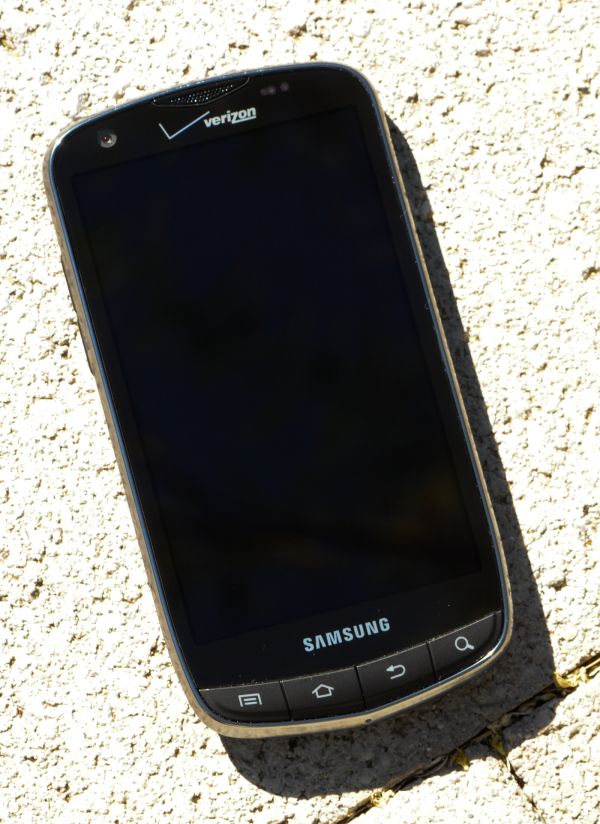
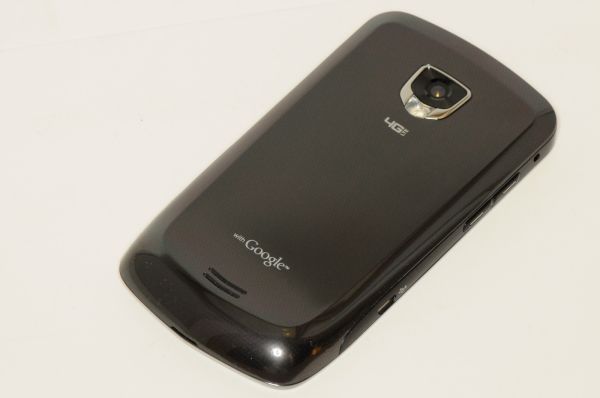
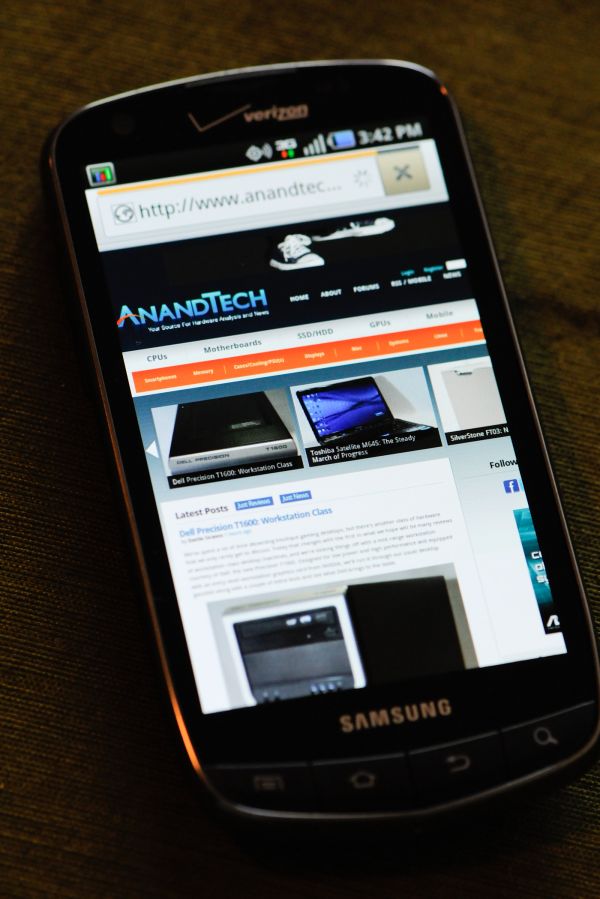
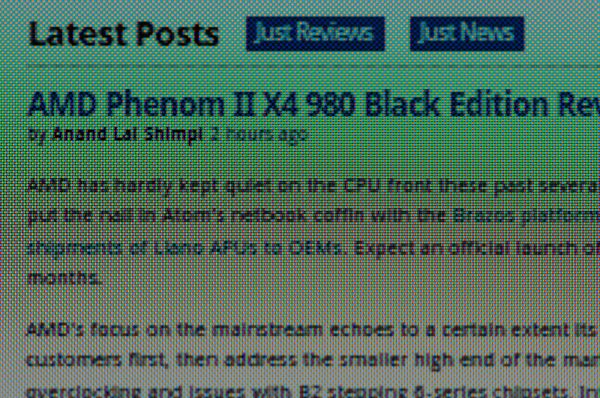
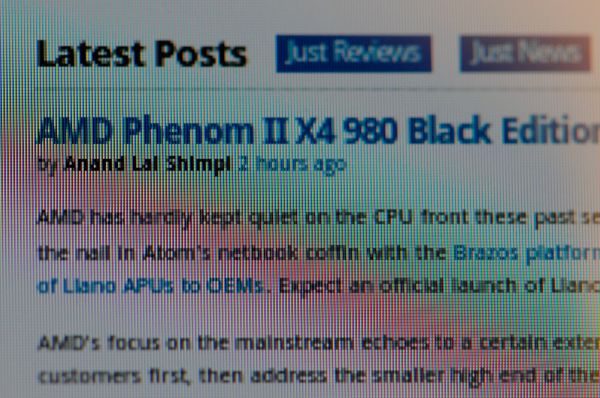














40 Comments
View All Comments
phillipefelut - Tuesday, May 3, 2011 - link
Verizon is all about the Galaxy S re-hash.ImSpartacus - Tuesday, May 3, 2011 - link
Verizon is all about the single core re-hash. All the other carriers have dual core 4G phones, but Verizon is stuck with not one single core 4G phone, but three.I hope they don't mess up the Bionic!
nickb64 - Tuesday, May 3, 2011 - link
the other carriers, besides sprint (who doesn't have an available dual core 4G phone), have bullshit 4Gcmdrdredd - Tuesday, May 3, 2011 - link
The other carriers who have claimed 4G have 4G that is shit slow. Dual core in a phone? What for? Really...are you going to tell me angry birds doesn't run well enough on a single core 1Ghz? You aren't doing photo retouching on it in photoshop either.Symelian - Saturday, May 14, 2011 - link
so your argument is that you have no use for more powerful hardware cause the software (that you are using as an example) wasn't made with that more powerful hardware in mind??what kind of crap is that? - if you make more resources available to developers they will make software that makes use of it ... - look ahead, not at what your doing now ...
extide - Wednesday, May 4, 2011 - link
NONE of the current carriers have what is technically actually 4G as defined by ITU-R.Verizons LTE is the closest, Sprint's WiMax is probably second, but much more widely spread, and then AT&T & T-Mobile are calling HSDPA+ 4G, which isnt even CLOSE to the actual 4G specs.
extide - Wednesday, May 4, 2011 - link
Sorry I meant HSPA+ not HSDPA+ant1pathy - Tuesday, May 3, 2011 - link
If you have that new scanner for cell phone screens, can you throw up a chart of all of the different phones you have lying around to see how they all measure up?Brian Klug - Tuesday, May 3, 2011 - link
That's the plan for sure ;)I don't expect much to change on the LCD devices honestly, but the AMOLED ones might change a bit. Actually these readings I just took are pretty close to what I was measuring earlier.
-Brian
alphacheez - Tuesday, May 3, 2011 - link
does this mean the lifetime of the display will suffer?Is text a lot clearer than PenTile AMOLEDs? That and possible color banding are the main drawbacks I recall about PenTile displays. It's ok if you just answer these concerns in the main review, I understand this is a quick announcement of what's arrived for testing.
People who follow you on twitter, @nerdtalker, already know you were getting a charge out of CHARGEing (sic) your charge on it's charger until it's charged. Looking forward to you chargeing into this review.